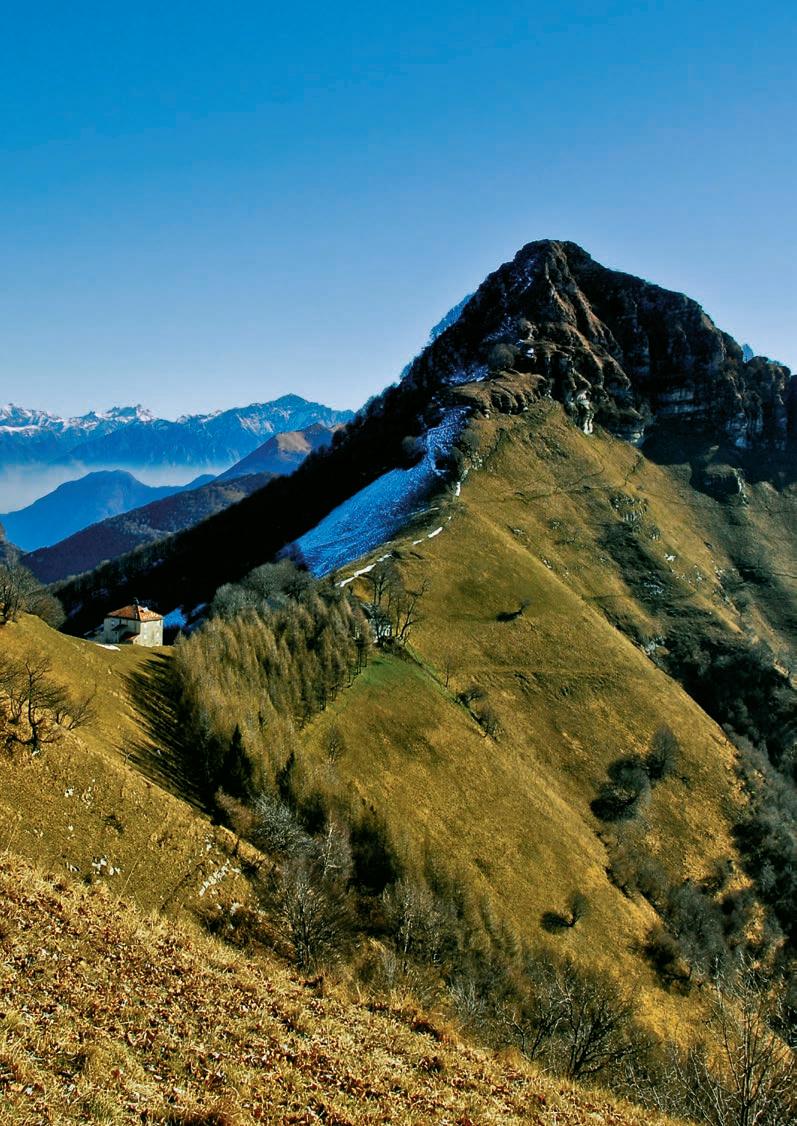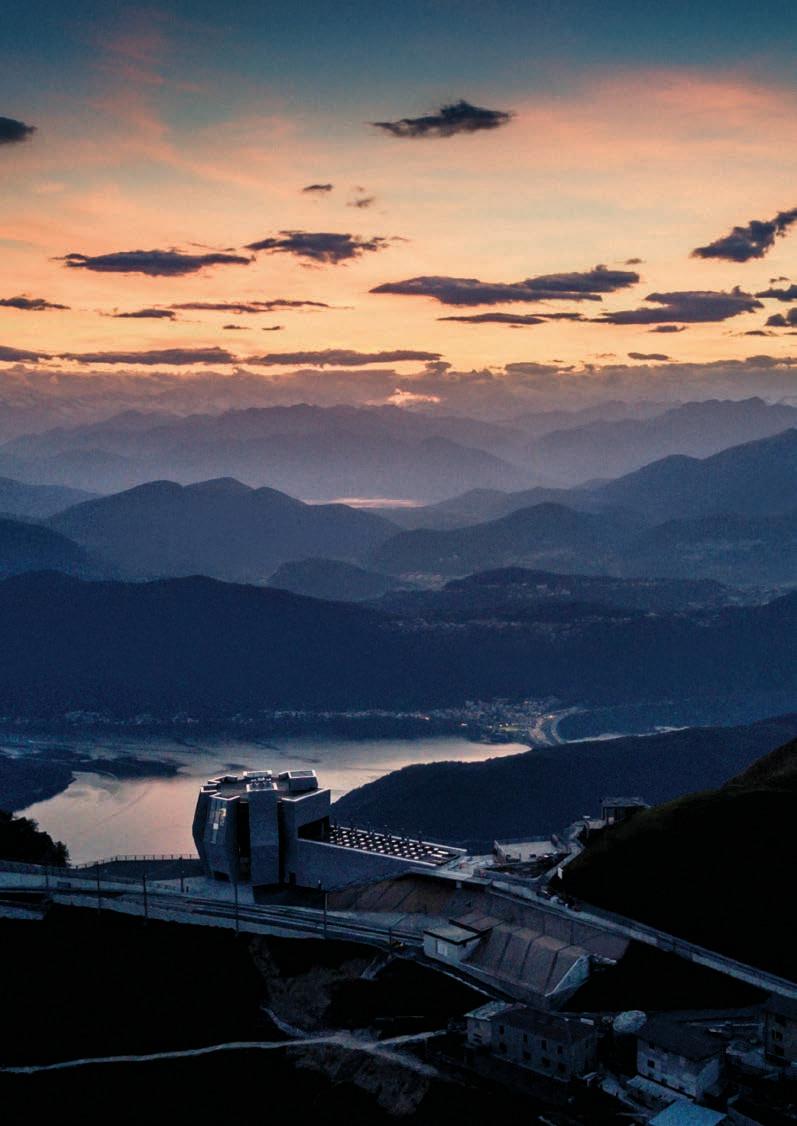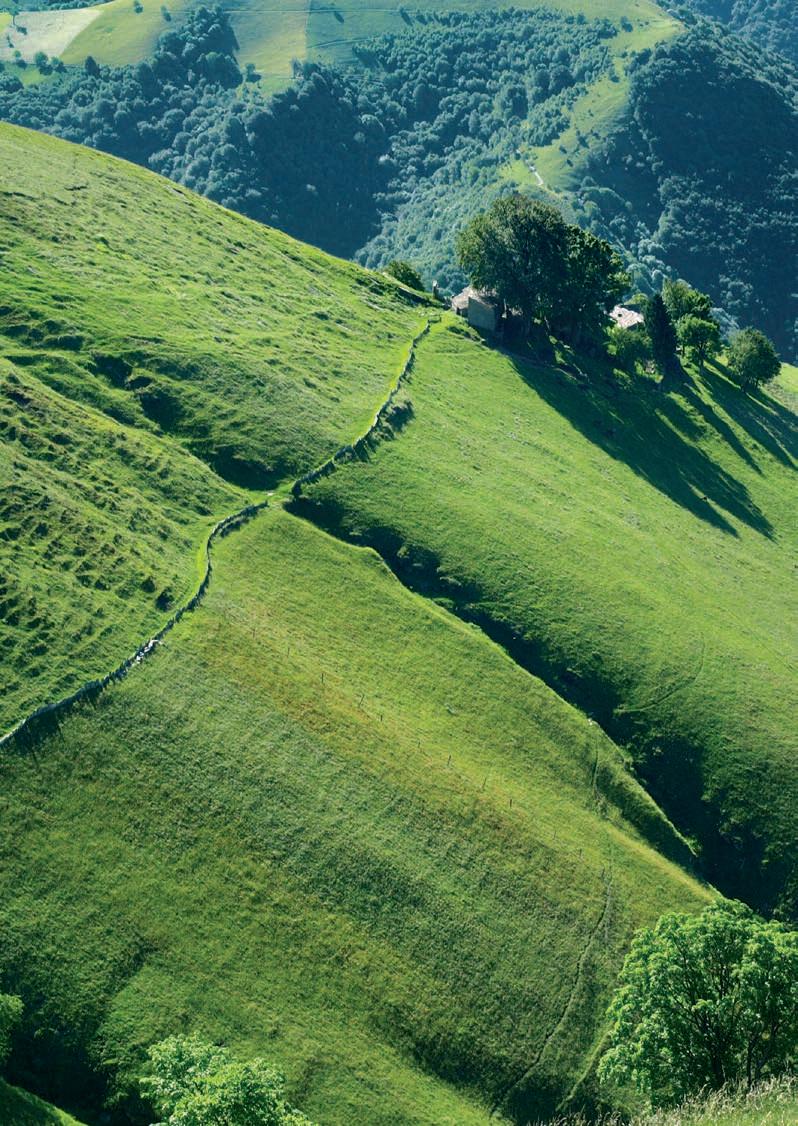
10 minute read
Report of the statutory auditor on the consolidated financial statements
Report of the statutory auditor
to the General Meeting of Banca del Sempione SA Lugano Report of the statutory auditor on the consolidated financial statements
Advertisement
As statutory auditor, we have audited the consolidated financial statements of Banca del Sempione SA, which comprise the balance sheet, income statement, cash flow statement, statement of changes in equity and notes (pages 22 to 43), for the year ended 31 December 2017.
Board of Directors' responsibility
The Board of Directors is responsible for the preparation of the consolidated financial statements in accordance with accounting rules for banks and the requirements of Swiss law. This responsibility includes designing, implementing and maintaining an internal control system relevant to the preparation of consolidated financial statements that are free from material misstatement, whether due to fraud or error. The Board of Directors is further responsible for selecting and applying appropriate accounting policies and making accounting estimates that are reasonable in the circumstances.
Auditor’s responsibility
Our responsibility is to express an opinion on these consolidated financial statements based on our audit. We conducted our audit in accordance with Swiss law and Swiss Auditing Standards. Those standards require that we plan and perform the audit to obtain reasonable assurance whether the consolidated financial statements are free from material misstatement.
An audit involves performing procedures to obtain audit evidence about the amounts and disclosures in the consolidated financial statements. The procedures selected depend on the auditor’s judgment, including the assessment of the risks of material misstatement of the consolidated financial statements, whether due to fraud or error. In making those risk assessments, the auditor considers the internal control system relevant to the entity’s preparation of the consolidated financial statements in order to design audit procedures that are appropriate in the circumstances, but not for the purpose of expressing an opinion on the effectiveness of the entity’s internal control system. An audit also includes evaluating the appropriateness of the accounting policies used and the reasonableness of accounting estimates made, as well as evaluating the overall presentation of the consolidated financial statements. We believe that the audit evidence we have obtained is sufficient and appropriate to provide a basis for our audit opinion.
Opinion
In our opinion, the consolidated financial statements for the year ended 31 December 2017 give a true and fair view of the financial position, the results of operations and the cash flows in accordance with accounting rules for banks and comply with Swiss law.
PricewaterhouseCoopers SA, via della Posta 7, casella postale, CH-6901 Lugano, Switzerland Telefono: +41 58 792 65 00, Fax: +41 58 792 65 10, www.pwc.ch
PricewaterhouseCoopers SA is a member of the global PricewaterhouseCoopers network of firms, each of which is a separate and independent legal entity.
Report on other legal requirements
We confirm that we meet the legal requirements on licensing according to the Auditor Oversight Act (AOA) and independence (art. 728 CO and art. 11 AOA) and that there are no circumstances incompatible with our independence. In accordance with art. 728a para. 1 item 3 CO and Swiss Auditing Standard 890, we confirm that an internal control system exists which has been designed for the preparation of consolidated financial statements according to the instructions of the Board of Directors. We recommend that the consolidated financial statements submitted to you be approved.
PricewaterhouseCoopers SA
BeresfordBeresford CaloiaCaloia
Audit expert Auditor in charge
Lugano, 10 April 2018 Salvatore Simone
Audit expert
2
Those who know you will help you as best they can
Remembering is knowing. Knowing is giving value. In the Muggio valley, memory of the past becomes testimony, culture, and even economic driver. The production and artisan activities that used to animate the valley in the Sixteenth and Seventeenth centuries today survive in an itinerary of museums, not only able to narrate the past to the thousands of visitors who discover it every year, but also to maintain a small production of ancient flours.
The little villages that dot the valley tell of passing artists, architects and men of letters who left their mark in
Italy, Germany and the rest of Switzerland. Diving into these stories can seem to be something only for specialists, and yet it is only by knowing in depth an area, its customs and its past, that we can fully understand the way it exists and feels, and that we can satisfy the needs of its people in the best possible way. It is this deep link with the local area that allows Banca del Sempione to create tailor-made services and responses for its own clients.
Among history and culture
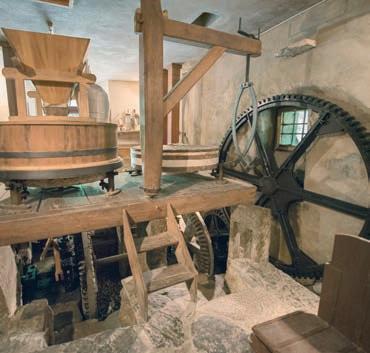
Previous page:
A xylograph of Mount Generoso by Johann Jakob Weber, 1891
In sequence: The interior of the Bruzella mill
The stamp dedicated to the mill issued by ProPatria in 2002
The bust of architect Simone Cantoni by Francesco Carabelli, 1775 or so. A valley of long farming and artisan tradition, the Muggio can boast precious examples of the past. The Bruzella Mill, squeezed into the valley bottom but easily accessible on foot from Bruzella and Cabbio, is an ancient jewel dating back to the end of the Thirteenth century. It is one of the 25 mills in the Valley recorded by the Ethnographic Museum of the Muggio Valley (MEVM). Handed down by the Frigerio family of Cabbio and then to the Essler heirs, it was sold to the Museum in the Eighties and was intelligently restored after being abandoned for a long period. The venture was so successful that in 1996 “Pro Patria” dedicated a 70 centimes stamp to it. Through a canal and three sluice gates, the Breggia torrent moves the huge iron wheel filling its compartments with water and moving the enormous grindstone. Once, in a small mill further down the valley, chestnut flour (or sweet flour) was also produced. Today the Bruzella Mill grinds not only the classic variety of yellow corn, but also the red one, recovered and re-introduced in 2002 by “Pro Specie Rara” because of its special nutritional qualities. Since 1996, from April to October, the Mill is in operation and can be visited on Wednesdays, Thursdays and Sunday afternoons; every year on the last Sunday in August, a folk festival is held. The Mill is the first of the Museum’s projects, thanks to the commitment and enthusiasm of private individuals and public and private institutions with close links to the Valley. As Paolo Crivelli, the museum’s conservation officer states, it was in 1978 that people started to talk about re-valorising the rural cultural heritage, on the wave of the growing interest in ethnographic activities. The aim of the Canton to invest in the mountain regions was successful: at the end of the Eighties, the institution of the Muggio Valley Region had the idea of creating not a container of objects, but an “open-air museum”, an “eco-museum” within the territory. It can be said that the MEVM was the precursor of this reality in Ticino. Purchased in 1990 by the Association, Casa Cantoni in Cabbio, a charming example of the XVII century, was restored. Today, not only is it the administrative headquarters, but it is also the information centre of the Museum within the territory.
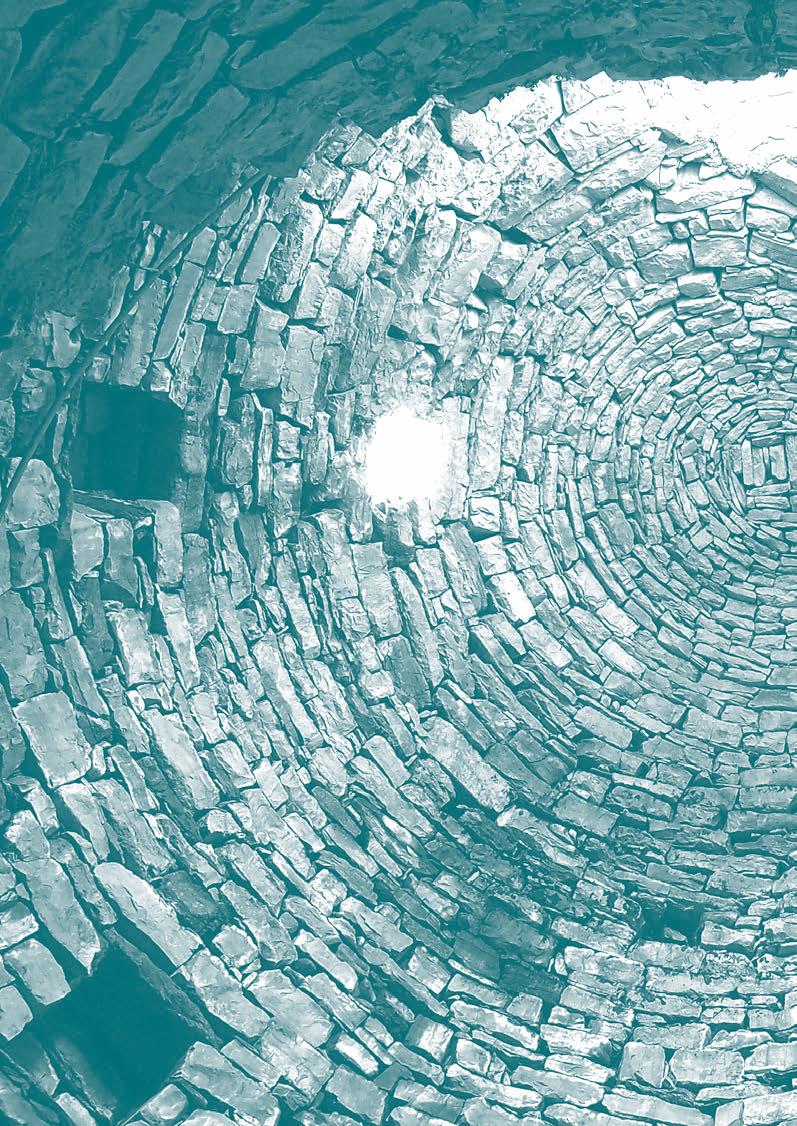
Over the years, the Museum has made a name for itself as the true “critical conscience” of the region. According to the estimates of the Association, the various museum sections, from Casa Cantoni to the library/media library, the exhibitions, together with the Bruzella Mill and the numerous restored buildings that can be visited in the Valley such as the graa, i.e. the chestnut dryer of Roncapiano, receive as many as 10,000 visits a year. The ethnographic heritage also includes the nevère and the six bird-snares of the Valley, for example the one restored at Scudellate, a three-storey tower in brickwork that was used until 1875. The birdsnare is situated in front of carefully pruned trees from which nets were hung to catch migratory birds, such as the woodcock and the thrush. They were first attracted by singers hidden in the foliage, then they were frightened and forced to fly into the nets. During those decades of strong emigration from the Ticino area and of depopulation of the valleys, some people stayed, leading a hard life but without privations. The diet was poor and monotonous, but the chronicles report hunting was
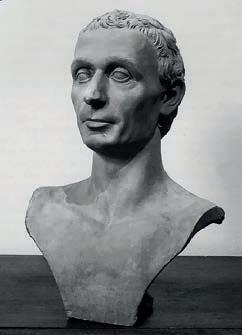
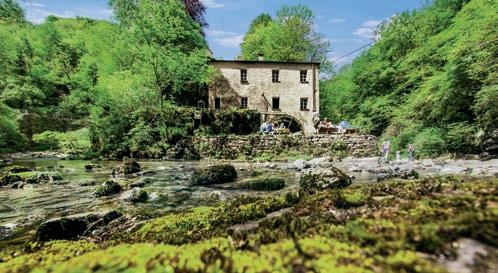
In sequence: The Bruzella mill
The hand-operated millstone in the Bruzella mill
Chestnut drying in the “graa” (chestnut-drying hut)
Following page: Writer Alberto Nessi
rich and easy: thanks to the rights of the noble families over woods and forests, the less welloff mountain dwellers could eat dairy products as well as birds, which ended up in the frying pan and were often eaten with polenta (polenta e usei – polenta and birds).
The Muggio Valley was the home of famous families of artists and intellectuals appreciated way beyond national borders. For example, the already mentioned Cantoni, an architect, exponent of the first European Neoclassicism, worked above all for the illuminated aristocracy of Lombardy. He designed Palazzo Serbelloni and Palazzo Mellerio in Milan, worked on Villa Olmo in Como and the famous reconstruction of the Palazzo Ducale of Genoa. Also famous both in Italy and abroad between the
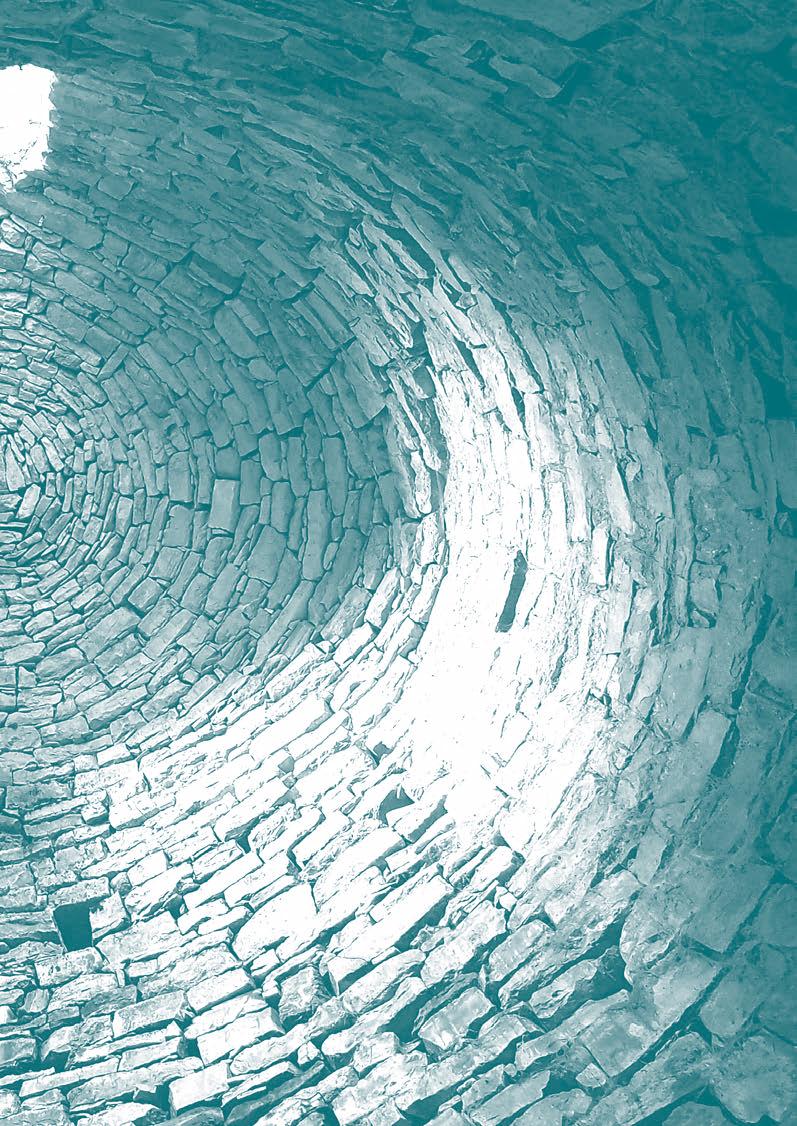
XV and XIX centuries was the Carlone family, architects, stucco decorators, sculptors and painters, but also the Falcone, Galli, Manni and Mazzetti families. The Nineteenth century would also see various intellectuals from the Muggio Valley make a name for themselves in the Canton. The classicist and teacher Luigi Fontana (Muggio 1812 – Mendrisio 1877) left traces from the Mendrisio area in Compo. The lawyer, journalist and great defender of all things Italian Emilio Bossi (Bruzella 1870 – Lugano 1920) was a federal and canton politician. A true cultural leader for most of the Twentieth century was the historian and much awarded writer Francesco Chiesa (Sagno 1871 – Lugano 1973). Born in Caneggio, Giuseppe Maggi (Brunnadern 1910 – Mada 1988) was famous for his forty years of humanitarian work in Africa building hospitals. And how can we fail to mention another Luigi Fontana (Castel San Pietro 1824 – Milan 1894) who made a name for himself, aged twenty, as an architect who emigrated to Saint Petersburg, where he designed many buildings, also for the Russian aristocracy, becoming a court architect for Tsar Alexander I. Today the most famous resident of Bruzella is the greatest living poet from the Ticino and Schiller Prize winner, Alberto Nessi, awarded the Swiss Prize for Literature in 2016. In his Valle di Muggio, contained in his collection of poems Il colore della malva (Casagrande, 1992), Nessi celebrates place and tradition like this: “S’apre la valle dei verdi profondi/sfiondati dal volo dei rondoni,/il crinale lombardo si disegna/sopra l’uomo che falcia”. The valley of deep greens/beaten by the flight of the swallows/the Lombardy ridge stands out/above the man with his sickle).
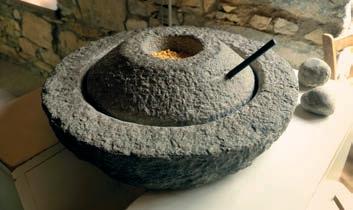
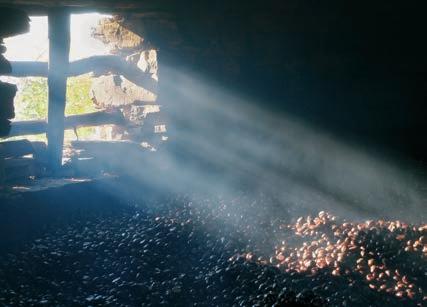
Soon the valley bottom will grow clear the mountains will be streaked with snow pickles will make an appearance in the kitchens of Monte Verena: have the smugglers made it over the border? Because the snow crunches under feet that risk all on the crags by night.
Soon the time will come when one can walk safely amidst the chestnuts when the tawny owl calls; but stop, sun, the lingering shadow on the windowsills is already being dispelled this morning.
Alberto Nessi
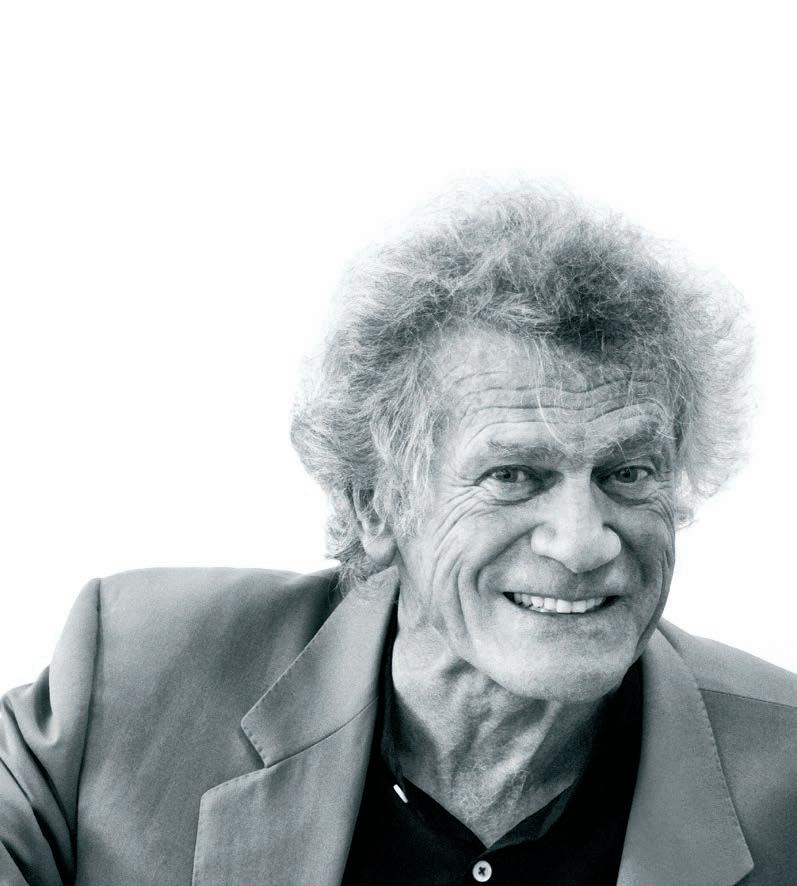
Other activities of the Group
54 Accademia SGR (Società di gestione del risparmio) SpA
56 Base Investments SICAV
60 Sempione SIM (Società di intermediazione mobiliare) SpA
63 Banca del Sempione (Overseas) Ltd.


